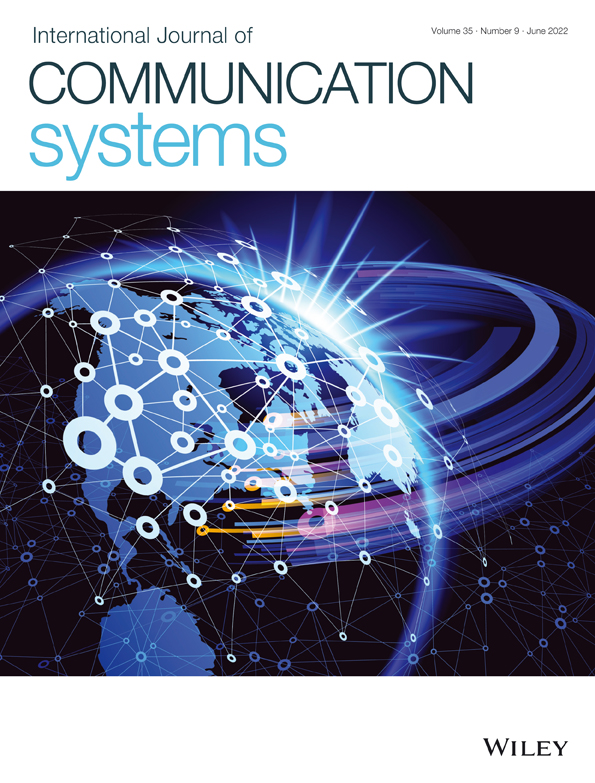Throughput performance of a non-linear energy-harvesting cognitive radio-enabled device-to-device network
Summary
In cellular networks, device-to-device (D2D) communication is a new paradigm. In this paper, the performance of a non-linear energy-harvesting D2D communication network underlaying a cellular network is studied under a channel quality constraint. To make the study more realistic, spectrum sensing is incorporated with the D2D communication. Thus, the user equipments (UEs), that is, D2D devices, are enabled with cognitive radio (CR) technology. Since the UEs are battery powered, there exists an energy constraint. Thus, each UE is also equipped with an energy-harvesting circuit and harvest energy from radio frequency (RF) signal of power transfer units (PTUs) and cellular users (CUs). Each UE uses its harvested energy for transmission. A D2D transmitter uses sensing information to decide its mode of transmission over a CU channel and is shared in hybrid mode. An algorithm is proposed based on threshold-based censoring to maximize the throughput. In the proposed scheme, D2D users associated with the bad quality of channels are eliminated from the transmission process. Analytical expressions of throughput and improvement in spectrum utilization (ISU) are developed. The impact of the interference threshold to CU, the censoring threshold and the saturation level of the energy harvester on throughput is studied. The network performance is also investigated for several types of channels. It is found that the amount of fading has a significant impact on throughput performance. It is observed that the proposed scheme outperforms the conventional scheme.
Open Research
DATA AVAILABILITY STATEMENT
The data that support the findings of this study are available from the corresponding author upon reasonable request.




